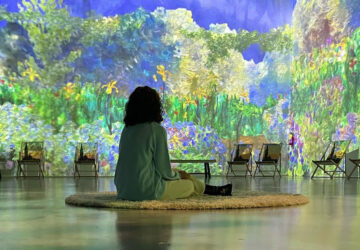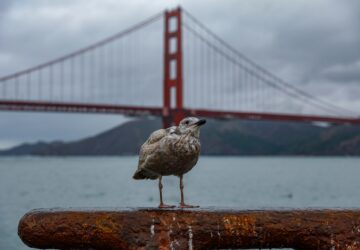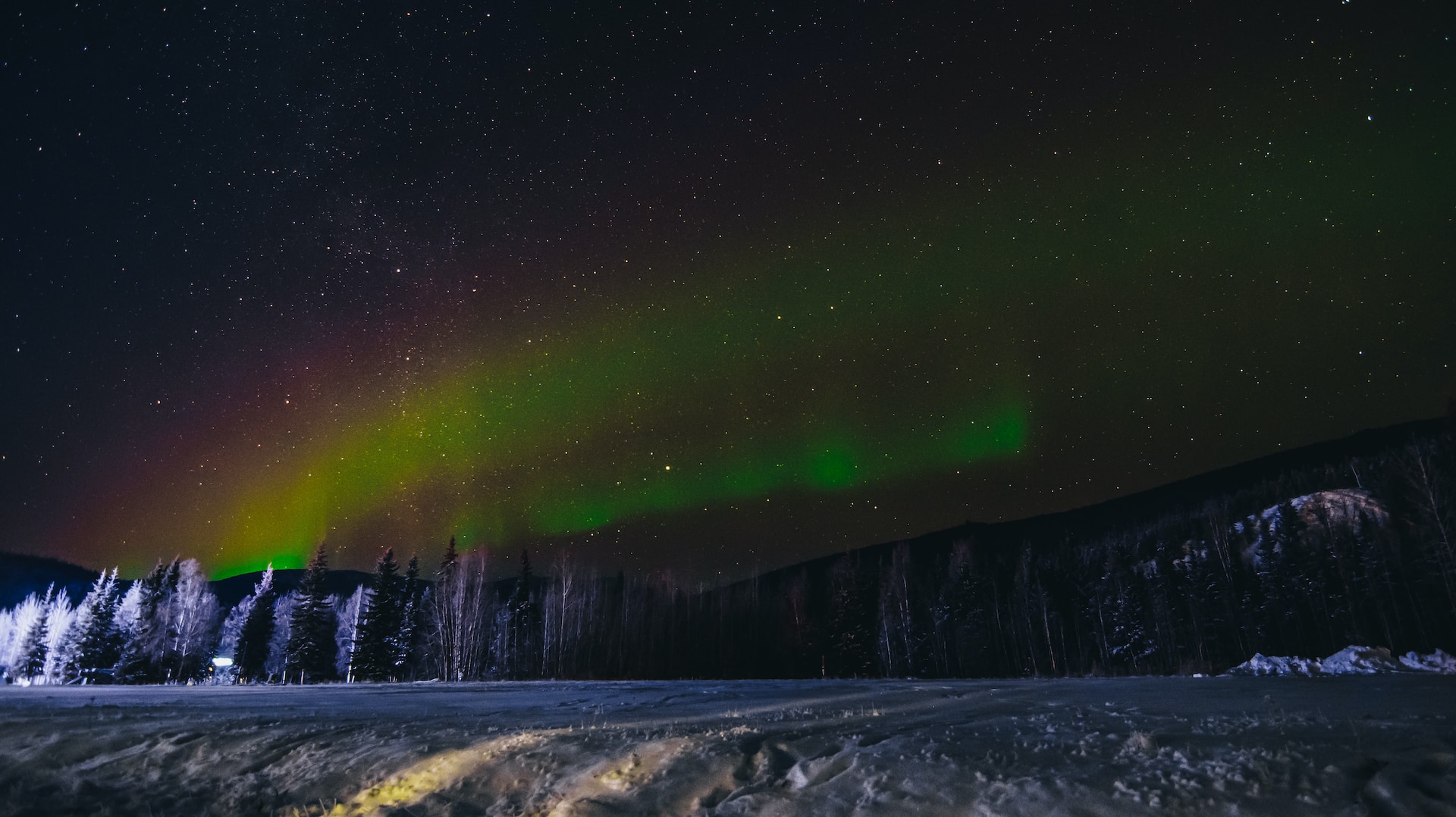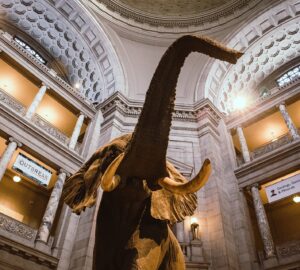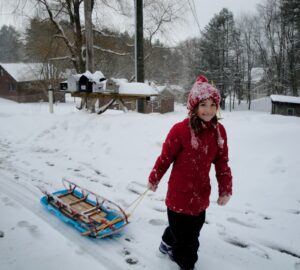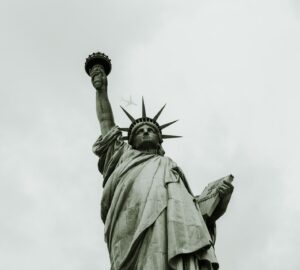This week, seventeen states across the US may get a glimpse of Northern Lights. Northern Lights, or aurora borealis are a phenomenon usually seen across the northern or southern poles. However, thanks to a geomagnetic storm that will happen mid-week, the Northern Lights would be seen farther south than usual places: Alaska, Scandinavia, Canada.
According to the Geophysical Institute at the University of Alaska at Fairbanks, the aurora borealis will be seen across parts of Washington, Idaho, Vermont, Wyoming, New Hampshire, Montana, North Dakota, South Dakota, Minnesota, Nebraska, Massachusetts, Maryland, Ohio, Wisconsin, Michigan, New York and Maine on July 12 and 13. Light displays will be visible overhead in Milwaukee, Minneapolis and Helena, Montana, and low on the horizon in Salem, Oregon.; Boise, Idaho; Cheyenne, Wyoming; Annapolis, Maryland.
We have also compiled a list of places where you can experience the light show even without the help of solar storm:
Fairbanks, Alaska
Fairbanks is one of the best places to see the Northern Lights in the USA. The city is located deep in the heart of the auroral zone, and the lights can be seen on clear nights from late September to early April. Fairbanks is also home to the University of Alaska’s Geophysical Institute, which offers aurora viewing tours and forecasts for optimal viewing times.
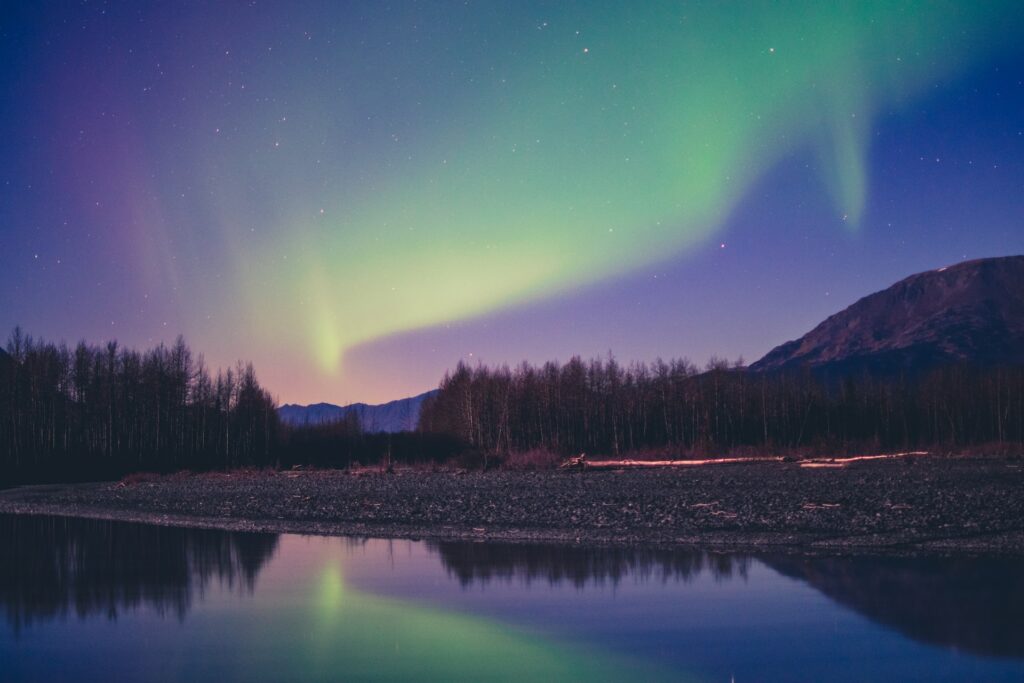
Denali National Park, Alaska
Denali National Park is another excellent spot to view the Northern Lights. The park’s remote location, far from city lights, makes it an ideal spot for stargazing and aurora viewing. The best time to visit is between late September and April, when the nights are longest.
Mackinac Island, Michigan
Mackinac Island is a popular tourist destination located in Michigan’s Upper Peninsula. The island’s remote location and minimal light pollution make it an ideal spot for aurora viewing. The best time to visit is between late September and April.
North Cascades National Park, Washington
The North Cascades National Park is a remote location in Washington state that offers an excellent opportunity to see the Northern Lights. The park’s elevation and location near the Canadian border make it an ideal spot for aurora viewing. The best time to visit is between late September and April.
Isle Royale National Park, Michigan
Isle Royale National Park is located on an island in Lake Superior and is known for its wilderness and natural beauty. The park is also a great place to see the Northern Lights, although sightings are not as common as some other places. The park’s remote location and low light pollution make it an ideal place to see the aurora, but the best chance of seeing the Northern Lights is on clear nights with high solar activity. But is worth mentioning that being on a Island the visibility of lights can be affected by weather conditions of the lake.
Glacier National Park, Montana
Glacier National Park offers some of the most stunning views of the Northern Lights in the USA. The park’s high elevation and remote location make it an ideal spot for aurora viewing. The best time to visit is between late September and April.
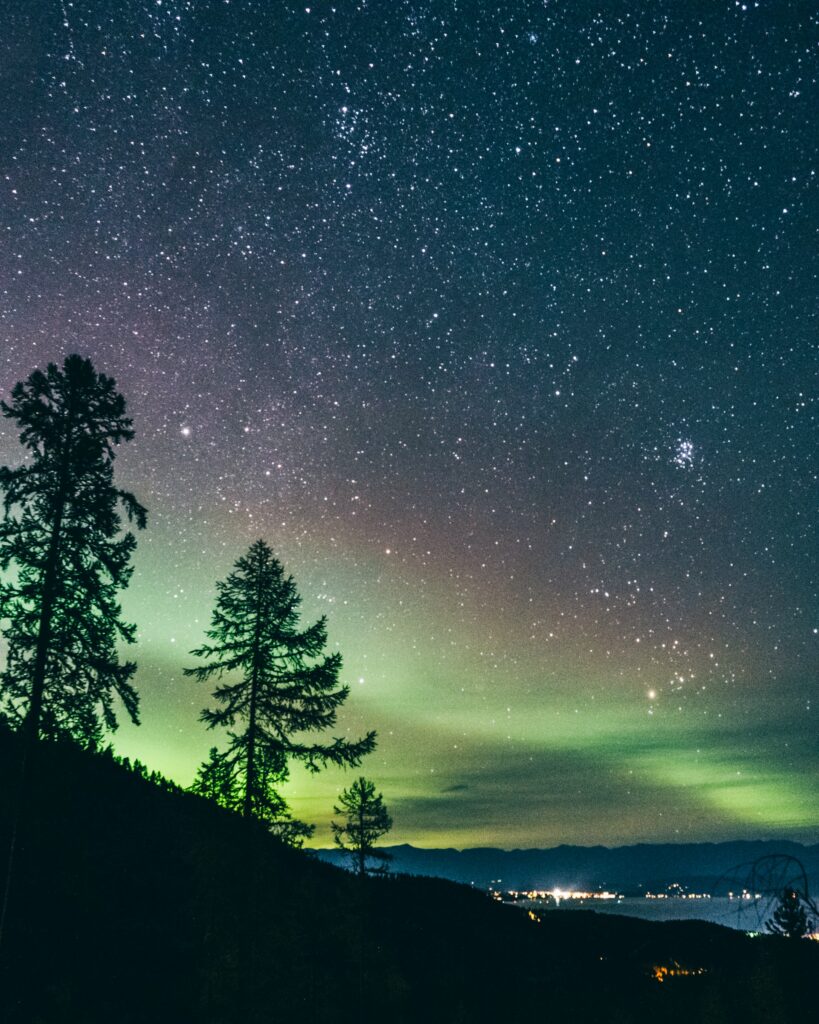
Anchorage, Alaska
Anchorage, Alaska is another great location to see the Northern Lights, with the best viewing being from late September to early April. The city’s location and clear night skies make it an ideal spot to see the aurora borealis, and there are many tour operators that offer northern lights viewing tours.
White Mountains, New Hampshire
The White Mountains in New Hampshire are a great place to see the Northern Lights, especially in the winter months. The mountains offer dark and clear skies, making it an ideal spot for viewing the aurora borealis. Visitors can take a guided tour or hike to a high point for a better view.
The Adirondacks, New York
The Adirondacks in New York offer great opportunities to see the Northern Lights, with the best viewing in the winter months. The Adirondack Mountains offer remote and dark skies, perfect for viewing the aurora borealis. Visitors can take a guided tour or hike to a high point for a better view.
Grand Teton National Park, Wyoming
Grand Teton National Park, Wyoming offers great opportunities to see the Northern Lights during the winter months, with the best viewing from late September to early April. The park’s high altitude and remote location make it an ideal spot for viewing the aurora borealis, and visitors can take a guided tour or hike to a high point for a better view.
Bryce Canyon National Park, Utah
Bryce Canyon National Park, Utah is another great place to see the Northern Lights during the winter months. The park’s remote location, high altitude, and lack of light pollution make it an ideal spot for viewing the aurora borealis. Visitors can take a guided tour or hike to a high point for a better view.
Acadia National Park, Maine
Acadia National Park, Maine offers spectacular views of the Northern Lights over the ocean during the winter months. The park’s remote location and lack of light pollution make it an ideal spot for viewing the aurora borealis, and visitors can take a guided tour or hike to a high point for a better view.
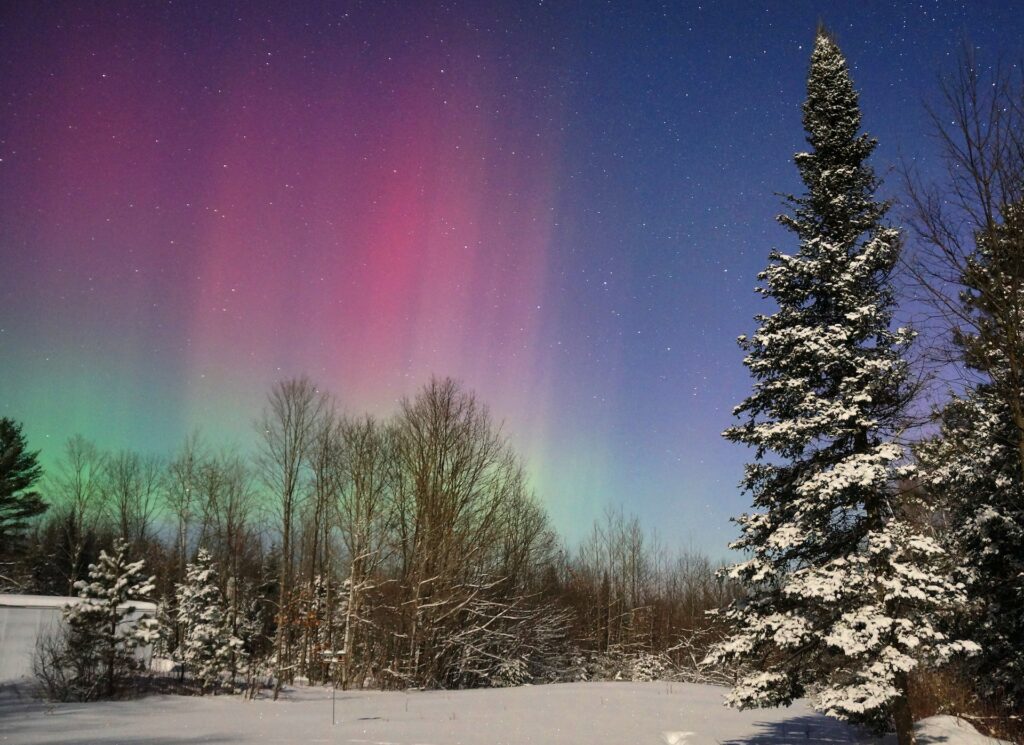
Yellow Stone National Park, Wyoming
Yellow Stone National Park, Wyoming, also offers great opportunities to see the Northern Lights during the winter months, with the best viewing from late September to early April. The park’s remote location, high altitude and clear skies make it an ideal spot for viewing the aurora borealis. Visitors can take a guided tour or hike to a high point for a better view.
Custer State Park, South Dakota
Custer State Park is a large state park in the Black Hills of South Dakota. The park is known for its wide variety of wildlife, including bison, elk, and pronghorn. During the winter months, the Northern Lights can occasionally be seen from the park, although it is not a guaranteed sight. The park’s wide open spaces and lack of light pollution make it a great place to try to spot the aurora, but the best chance of seeing them is on clear nights with high solar activity.
Zion National Park, Utah
Zion National Park is a popular park located in southern Utah. It is known for its spectacular red rock cliffs and canyons, and it is also a great place to see the Northern Lights. The park is located in a relatively remote area, and there is relatively low light pollution, which makes it an ideal place to see the aurora. The best chance to see the Northern Lights is on clear nights with high solar activity, but it is not a guaranteed sight.
Big Bend National Park, Texas
Big Bend National Park is located in southwestern Texas and is known for its rugged terrain, including deserts, mountains, and canyons. The park is also a great place to see the Northern Lights, although sightings are not as common as in some other places. The park’s remote location and low light pollution make it an ideal place to see the aurora, but the best chance of seeing the Northern Lights is on clear nights with high solar activity.
Aurora borealis is “caused by collisions between electrically charged particles streaming out from the sun in the solar wind that enter Earth’s atmosphere and collide with molecules and atoms of gas, primarily oxygen and nitrogen”, per University of Alaska. When these particles release light, it causes an array of colours across the sky (usually green). The colours are dependent on the composition and density of atmosphere where the collisions occur.
The best time for viewing is usually within an hour or two of midnight – between 10 PM and 2 AM local time, as advised by the National Oceanic and Atmospheric Administration (NOAA). They also added the viewing would be better enhanced if one is away from the city lights. Even the light from the moon could diminish aurora viewing.
Featured Image: Photo by Jo San Diego on Unsplash

